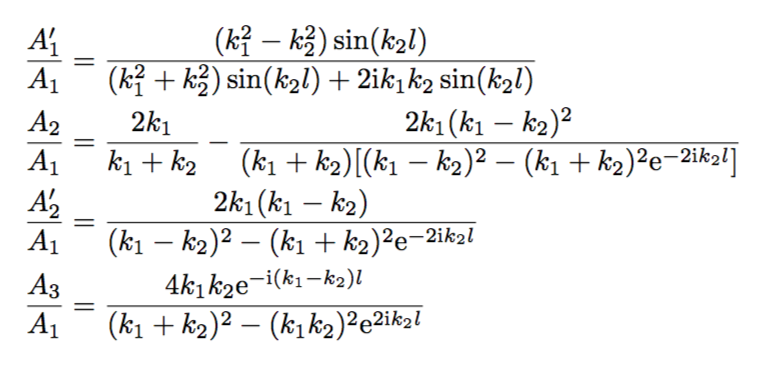user218912
user218912
user218912
user218912
user218912
user218912
user218912
user218912
user218912
user218912
user218912
user218912
user218912
user218912
user218912
user218912
user218912
user218912
user218912
user218912
user218912
user218912
user218912
user218912
user218912
user218912
user218912
user218912
user218912
user218912
user218912
user218912
user218912
user218912
user218912
user218912
user218912
user218912
user218912
user218912
user218912
user218912
user218912
user218912
user218912
user218912
user218912
user218912
user218912
user218912
user218912
user218912
user218912
user218912
user218912
user218912
user218912
user218912
user218912
user218912
user218912
user218912
user218912
user218912
user218912
user218912
user218912
user218912
user218912
user218912
user218912
user218912
user218912
user218912
user218912
user218912
user218912
user218912
user218912
user218912
user218912
user218912
user218912
user218912
user218912
user218912
user218912
user218912
user218912
user218912
user218912
user218912
user218912
user218912
user218912




